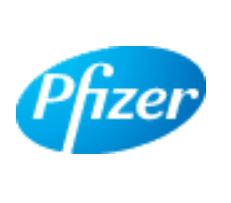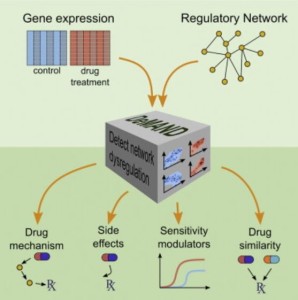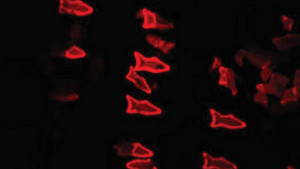- Pfizer’s quit-smoking drug not linked to depression or heart risks (reuters.com)
Pfizer's stop-smoking drug Chantix (varenicline) does not raise risks of heart attack or depression, contrary to previous reports, and should be recommended to more smokers wanting to quit, scientists said…researchers found that patients who took Chantix,..marketed as Champix in Europe, were no more likely to suffer a heart attack than those using nicotine replacement therapy or another quit-smoking drug…also not at higher risk of depression or self-harm...
- For a Rare Disease, Drug Trials Scramble for Patients (wsj.com)
Companies vie for enrollees amid questions that trials will siphon participants away from each other…After years of effort, scientists and families of young patients with the genetic condition Niemann-Pick Type C are in a position to which any rare-disease community aspires: the prospect of not one, not two, but three companies launching clinical trials to develop therapies…the flurry of commercial interest has sparked an urgent debate. Can the community support more than one trial at the same time?
- Algorithm uses a computational model of the human body’s protein networks. (specialtypharmacytimes.com)An Innovative Algorithm is Helping Scientists Decipher How Drugs Work Inside the Body (newsroom.cumc.columbia.edu)Elucidating Compound Mechanism of Action by Network Perturbation Analysis (cell.com)
Columbia University Medical Center have developed a computer algorithm to greatly accelerate the drug production process…Detecting Mechanism of Action by Network Dysregulation uses a computational model of the human body's protein networks, and how they react with each other…able to perform experiments as different drugs enter the body, and can accurately track gene expression changes.
- US researchers say 3-D printed microscopic fish robots will allow intelligent (in-pharmatechnologist.com)
Nanoengineers at the University of California, San Diego used 3-D printing to build fish-shaped microrobots. The so-called microfish can swim in liquids, are chemically powered by hydrogen peroxide and are magnetically controlled. The scientists said the synthetic microfish will inspire a new generation of ‘smart’ microrobots capable of detoxification, sensing their environment, and directing drug delivery.
- UNLV grads assist in artificial pancreas research (reviewjournal.com)
…far from building an artificial organ, a breakthrough system being developed with the help of two alums from the University of Nevada, Las Vegas is bringing the diabetic community closer to one than ever before…Tomas Walker and Aimee Jose, who graduated…from...nursing school, are each playing a role in the creation of a so-called artificial pancreas system,..works like this: Three separate components with tiny needles are attached to the wearer's abdomen. The first two are pumps — one is filled with the insulin hormone, and the second is filled with another hormone called glucagon…third is a continuous glucose monitor,.. it tells the pumps how frequently they should secrete hormones into the body to regulate blood sugar levels.
- ‘Milking’ deadly jellyfish for new medicines (medicalnewstoday.com)
study of venom in medicine has traditionally been confined to understanding its effect as a toxin..But scientists are becoming increasingly interested in studying venom systems...to discover ingredients to make new drugs… a new technique for "milking" the Australian box jellyfish of its deadly venom,...method that he and his colleagues have developed is practical and highly efficient, and it promises to remove a major bottleneck in the field of jellyfish venom research.
- Precision medicine brought one step closer to the clinic (sciencedaily.com)
A revolutionary, high-throughput, robotic platform has been designed that automates and standardizes the process of transforming patient samples into stem cells. This unique platform for the first time gives researchers the scale to look at diverse populations to better understand the underlying causes of disease and create new individually tailored treatments, enabling precision medicine in patient care.






